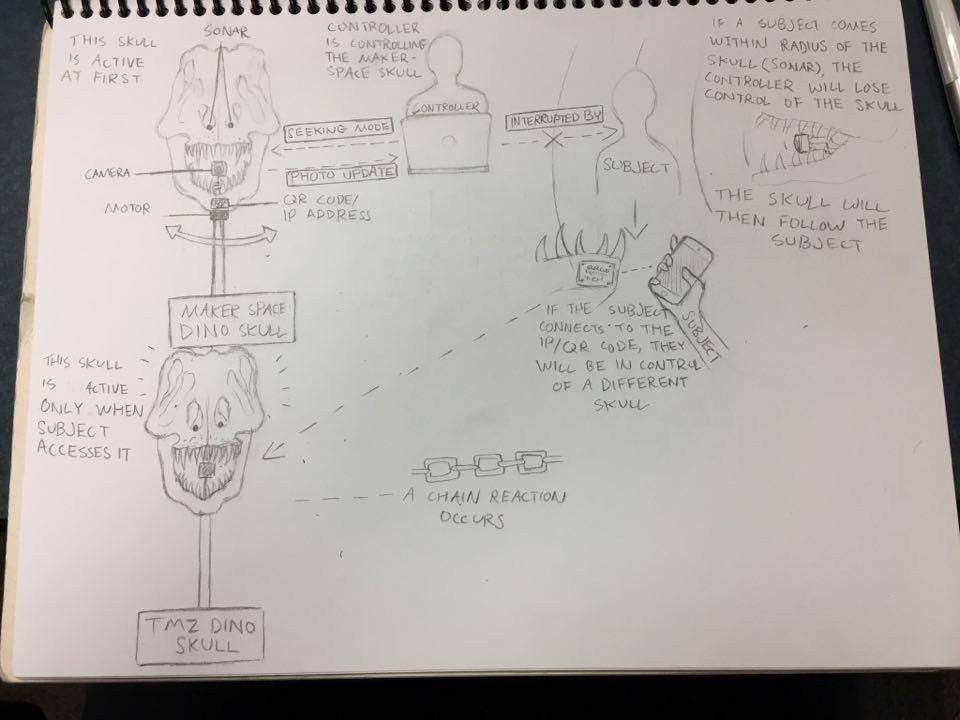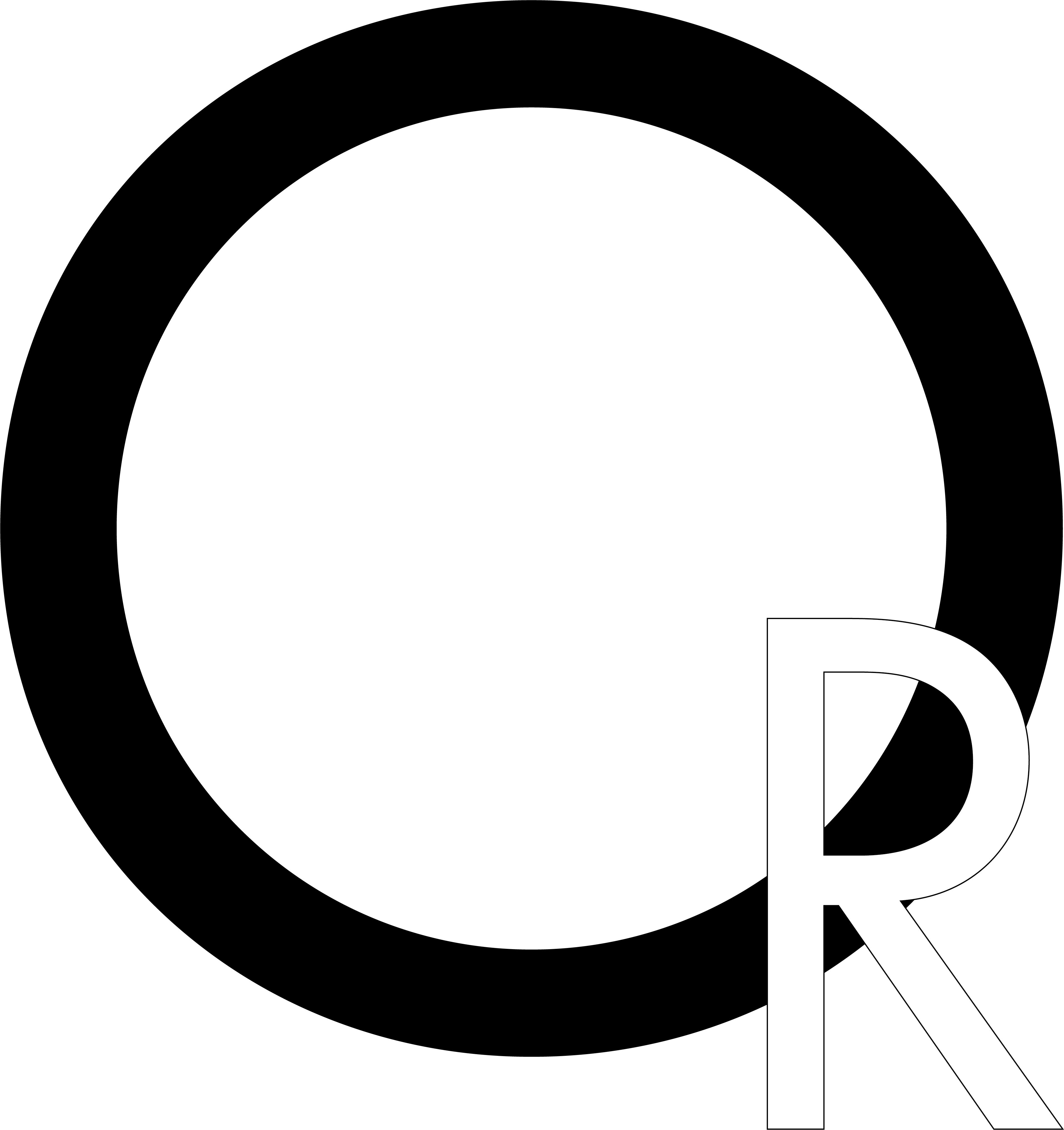Terms Of Service
A work in progress collaberation with Rafi Weiss, and Jonathan Thielens

This installation is a commentary on surveillance, most directly relating to the terms of service that we habitually skip through without reading or understanding. We don't realize that these agreements often outline the ways in which you are watched and monitored.
The skulls are made to be both terrifying, and simultaneously inviting, creating an uneasy feeling in the user. When a user approaches the piece, they are prompted to move the skull around by pointing above the sensor. This novel, silly experience is meant to draw someone into interacting with the piece for some amount of time, without thinking of the possibility that the piece may be monitoring them.

On the base of the piece, is a prominent QR code that prompts the user to learn more. If the user follows the QR code, they are sent to a web page with a live stream and controls to freely move the camera around. Upon further inspection, the user will realize that the feed and controls correspond to another skull. The user should then begin to understand that during their time interacting with the skull, they may have been monitored.
At this point, the user can decide to leave the page, or move the skull around to attempt to attract someone to the second skull. The second user will then repeat the process, attracting a third user, to the third, and final skull.
This experience shows users that while experiences may be sold as fun, light, and engaging, there may be terms hidden in plain sight that could change the tone of the whole experience for them.
Technical Details and my input:
All code for this piece was written by myself. Inside each of the units is an Arduino, connected over serial to a processing sketch that is sending position info for each of the motors within the skull. A Leap Motion controller is embedded in the front of the unit, to tell the Processing sketch what direction the user is pointing. The Processing sketch is also connected to a Node.js server, which serves a web page for each unit. Each webpage contains a live video feed from the camera embedded within the skull, and 3 position sliders (one for each motor) which send their values to the processing sketch through the server. When a user begins using the leap motion, the webpage locks the sliders, and only allows the user to watch the feed.
Fabrication and 3D printing handled by Jonathan Thielens and Rafi Weiss
While this piece is incomplete, conceptually the piece is still pertinent and engaging, and is complex on a technical level.
-
About Project
-
OFIR ROSEN, RAFI WEISS , JONATHAN THIELENS
- Media
Plywood, PLA, PVC Node.js, Processing3, Arduino, Leap Motion
- Year
2017
